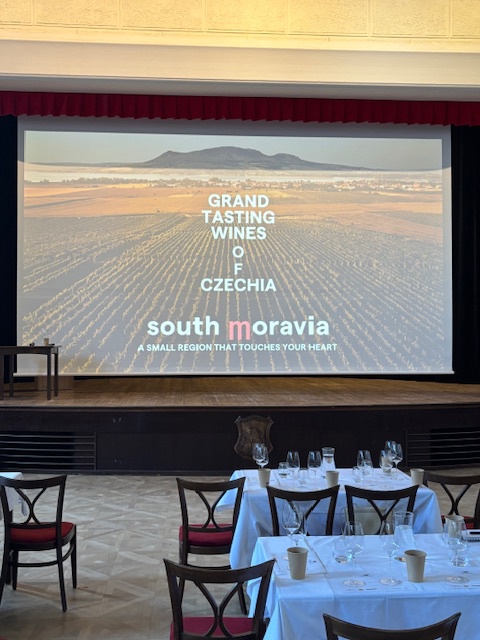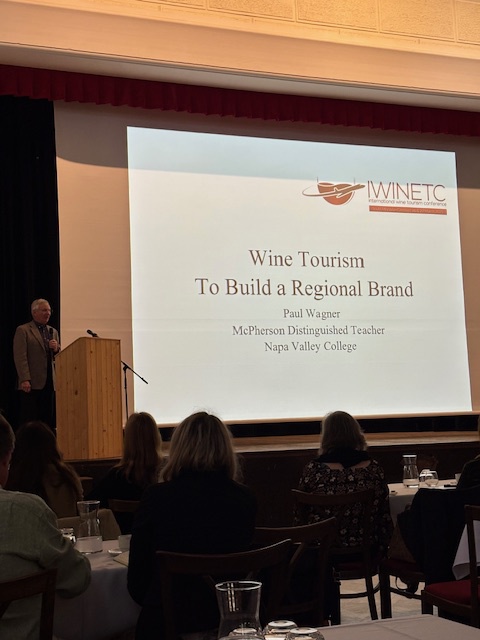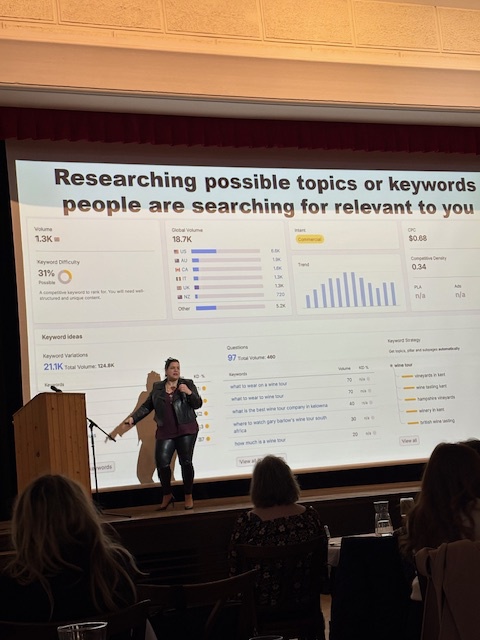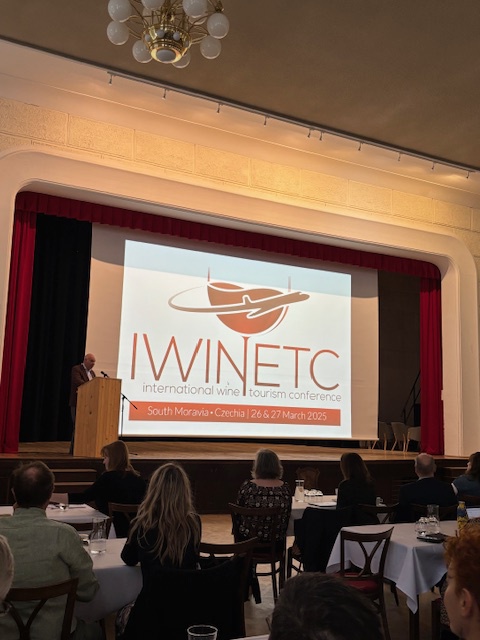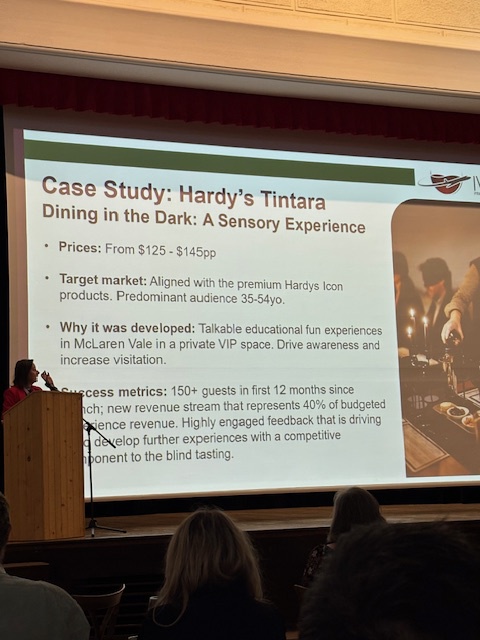There’s a saying in the Czech Republic – or so we were told during one of the many chats between tastings – that after a good wine tasting, nothing beats a fresh beer. So, while sitting in a cozy bar in Mikulov with a cold beer in hand, we thought it was the perfect time to jot down a few thoughts on the recently concluded IWINETC 2025.
For the past five years, we’ve been attending what has become one of the most inspiring and international conferences in the world of wine tourism. Credit goes, as always, to the WinePleasures team, who consistently choose surprising and engaging locations – and this year, Mikulov was no exception – creating a space where networking and learning go hand in hand.
And this is exactly what the event is about: connecting with people who, like us, live and breathe wine tourism every day. It’s about exchanging ideas, sharing experiences, listening to different perspectives, and always, always learning. Not just from the speakers – who were outstanding this year – but also from the destinations themselves, which often surprise us with their unique approach to hospitality.
When we told colleagues we were attending a wine tourism conference in the Czech Republic, many responded with a puzzled look: “Wait, do they really do wine tourism there?” And that very question perfectly illustrates something we often repeat: the true competitor of an established wine destination isn’t necessarily the neighboring country, but rather an emerging destination that is betting on wine tourism as a strategic growth opportunity. Mikulov and South Moravia are a perfect example of this – a region not yet widely known for its wine but with a surprisingly strong sense of hospitality and a very convenient location, just a short trip from Vienna.
Among the highlights of the conference was the talk by Paul Wagner, a true guru in wine marketing and wine tourism. In two separate sessions, Paul managed to capture all the key elements a destination should consider if it wants to succeed in wine tourism. He emphasized the importance of building a cohesive network of stakeholders, identifying a symbolic product to represent the region, and paying attention to logistics – Napa Valley, after all, also worked because it’s so close to San Francisco. In his second talk, he focused on the most common mistakes wineries make in crafting a wine tourism experience – from parking issues to tasting formats, from Wi-Fi access to post-visit follow-up, every single detail can make a difference.
Maria Adela Pereira, wine travel expert, introduced us to the case study of Mexico, another emerging wine destination that’s rapidly growing and offers a great example of how to structure a successful wine tourism approach.
Robin Shaw walked us through the transformation currently happening in wine tourism, where the focus is shifting toward immersive, experience-driven offerings that often go far beyond just tasting wine.
Judith Lewis brought a much-needed spotlight on the digital side of the industry. In two brilliant sessions, she explored topics ranging from data and digital presence to the everyday use of AI in the wine tourism business – highlighting both its huge potential and its challenges.
As Winedering, we were also honored to participate in a panel related to the creation of immersive and memorable wine experiences. It was a great opportunity to share our perspective alongside other industry experts, such as Catherine Leparmentier Dayot of Great Wine Capitals, Maria Adeila Pereira and Jochen Erler, under the great guidance of Robin Shaw. discussing current trends, what wineries and destinations should be doing to evolve their wine tourism strategies, and the broader shifts we’re seeing in this fast-moving space.
IWINETC 2025 was, once again, a rich and stimulating two-day experience. It’s always a pleasure to witness the buzz and momentum that this industry carries – an industry that keeps growing, keeps changing, and keeps challenging us to do better.
Until next time. Maybe with a glass of wine... or, why not, a beer.


